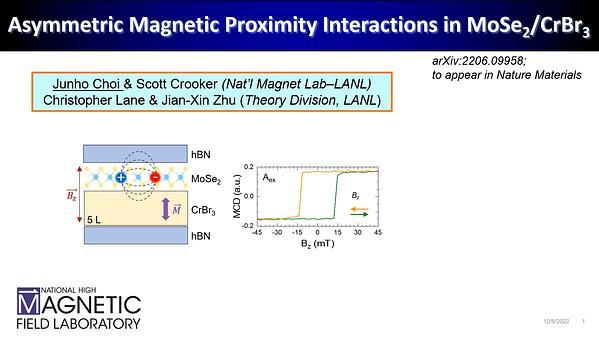
Premium content
Access to this content requires a subscription. You must be a premium user to view this content.

technical paper
Spin orbit Torque Study on MBE
The synthesis of topological insulators (TIs) of good crystalline quality provides an attractive material platform for low power-consumption spintronic devices of relevance for non-volatile memory applications. While experimental measurements of strong spin-orbit torque (SOT) have been reported in Bi1-xSbx alloys, one of the earliest discovered TIs, key questions remain about the nature of SOT in this material system. We describe the synthesis of Bi1-xSbx thin films of good crystalline quality by molecular beam epitaxy (MBE) and the characterization of these films using in vacuo angle-resolved photoemission spectroscopy (ARPES) as well as ex situ transmission electron microscopy, x-ray diffraction, and Raman spectroscopy. ARPES measurements of samples with varying compositions allow us to track the band structure across the trivial and topological regimes. After synthesizing Bi1-xSbx/Permalloy heterostructures in vacuo with a clean interface, we use spin-torque ferromagnetic resonance (ST-FMR) measurements at room temperature to study the SOT as a function of alloy composition. The experimentally observed behavior of charge-to-spin conversion in Bi1-xSbx is then compared to theoretical calculations of the spin Hall conductivity in this material system Phys. Rev. Lett. 114, 107201 (2015). Supported by the Penn State 2DCC-MIP under NSF Grant No. DMR-2039351 and by SMART, one of seven centers of nCORE, a Semiconductor Research Corporation program, sponsored by the National Institute of Standards and Technology (NIST).

